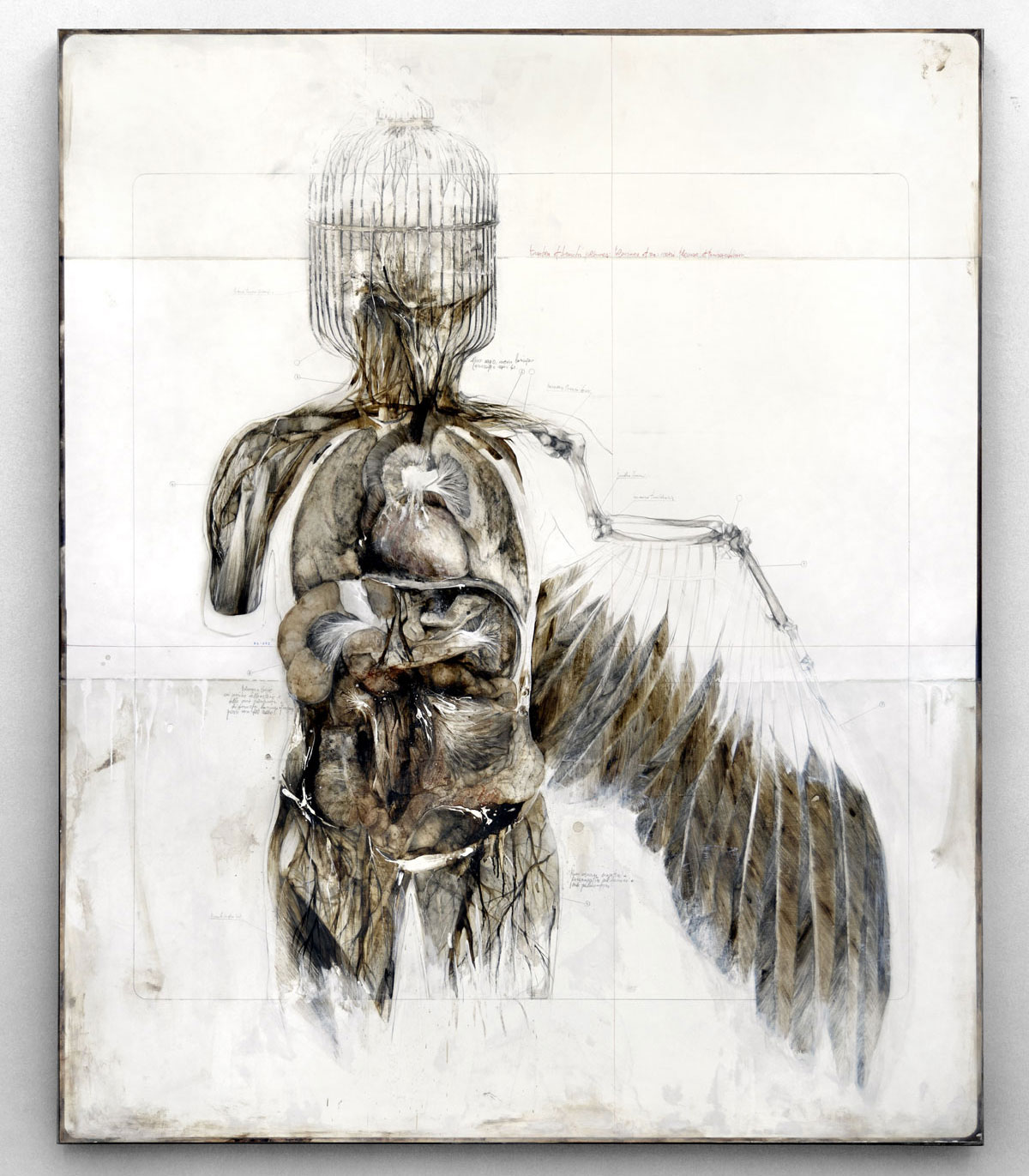On a cold Friday, November 14th, I was fortunate enough to listen to artist Richard Fruth discuss his work, which includes illusory landscapes and scenes developed from a sculptural background. Fruth is a sculptor who has taught at several educational institutions and provides people with workshops in which they can physically explore 3D arts. He pointed out that his initial plan was to become a furniture maker, which led him to access to materials such as wood, which is an integrative part of all of his work. He explained that many of his pieces were comprised of remnants of past projects; he even said that one of his pieces had gone through five different renderings. Then, he went on to go into depth about the process of creating his pieces, which mainly involves the recycling of ideas, shapes, and pieces.
One of the main points Fruth wanted to make was that “nothing in life is definitive.” He also explained that his pieces were meant to draw people in and were very nature-based, as he usually spends a lot of time outside. Additionally, many of his pieces received their title from lyrics of songs that have stuck out to him.
One of the pieces that really struck me was Losing Sight of Proportions, which includes a combination of bright and natural-looking pieces of wood that are counterbalanced by horizontal renditions of platforms (one is gray). Fruth mentioned that much of his work in this exhibition mirrored the way portraits hung up on a wall. This sculpture appears as if it came out of a surrealist painting’s representation of a mountain, yet it lacks a clear frame. Additionally, the playful quality that Fruth kept mentioning about his work is manifested through his use of small ladders and a part that seems to represent a small house. There is also an interesting balance created by the juxtaposition of plain wood and colorful earth tones on opposite sides of one another (in addition to the organic versus straight-edge forms) in the piece.
Additionally, Fruth’s Swimming in Shark Infested Waters initially drew me in not because of the actual sculpture but the positioning of the piece on the wall. The sculpture actually juts out of the wall and, in doing so, greets the viewer. Fruth seems to incorporate details of shark fins in addition to half of a boat’s hull in order to convey the idea that the subject is entrenched in shark-infested water. Many of Fruth’s pieces in the gallery also included the minor detail of the ladder, which he described as confusing because the viewers do not know whether they are entering or leaving a scene. The bright colors make the viewer feel safe, in a way, except for the fact that there are sharks looming over (or, in this case, under) the scene.
Fruth introduced me to a whole new world of art: sculpture especially through wood. I haven’t really paid much attention to sculpture made in wood because I haven’t really found them very appealing; but, I found Fruth’s work very playful and challenging to understand (which is a quality in art that I treasure). I hope to expand on the range of mediums I use throughout my art career in such a way that I will be able to create more 3D art, which I believe is always a great way to get the viewer interested in your work.












![Cayce Zavaglia, "Teo Verso" (2014) [Gouache on Arches Hot Press Paper]](https://sites.stedwards.edu/cnavarr7/files/2014/12/zavaglia2-1b1epfw.jpg)







